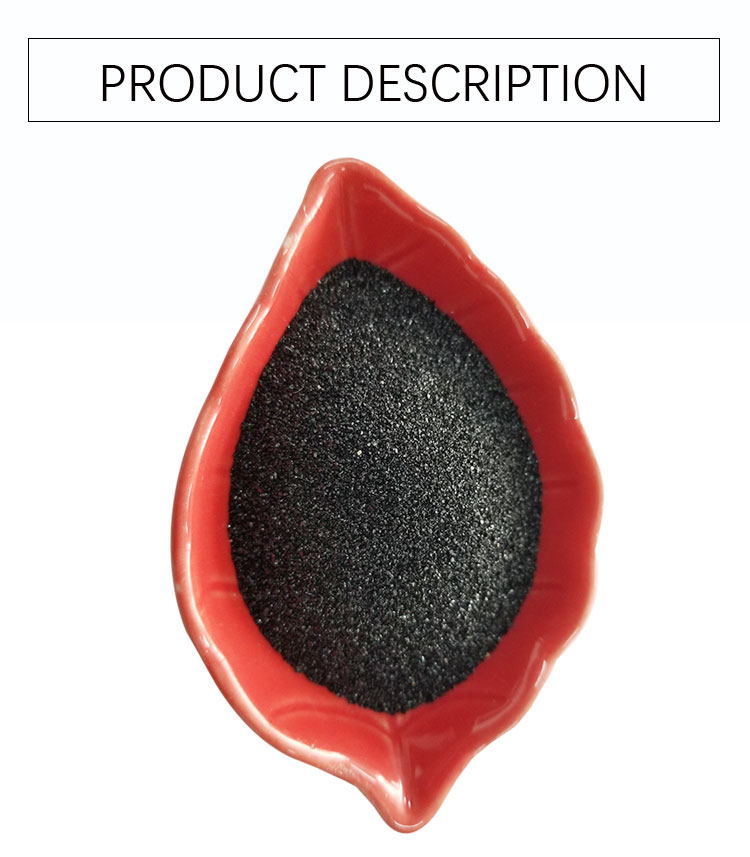Silicon carbide (SiC) is made by high temperature smelting in a resistance furnace with raw materials such as quartz sand, petroleum coke (or coal coke), wood chips (salt is needed to produce green silicon carbide). Silicon carbide also exists in nature, a rare mineral, moissanite. Silicon carbide is also called moissanite. Among the non-oxide high-tech refractory materials such as C, N, and B, silicon carbide is the most widely used and economical one, and it can be called gold steel grit or refractory grit. At present, China’s industrial production of silicon carbide is divided into black silicon carbide and green silicon carbide, both of which are hexagonal crystals with a specific gravity of 3.20-3.25 and a microhardness of 2840-3320kg/mm2.
Silicon carbide has four main application areas, namely: functional ceramics, advanced refractories, abrasives and metallurgical raw materials. Coarse silicon carbide materials can already be supplied in large quantities and cannot be regarded as a high-tech product. The application of nano-scale silicon carbide powder with extremely high technical content is unlikely to form economies of scale in a short time.
⑴As an abrasive, it can be used to make abrasive tools, such as grinding wheels, oilstones, grinding heads, sand tiles, etc.
⑵As a metallurgical deoxidizer and high temperature resistant material.
⑶ High-purity single crystals can be used to manufacture semiconductors and silicon carbide fibers.
Post time: Aug-03-2021



